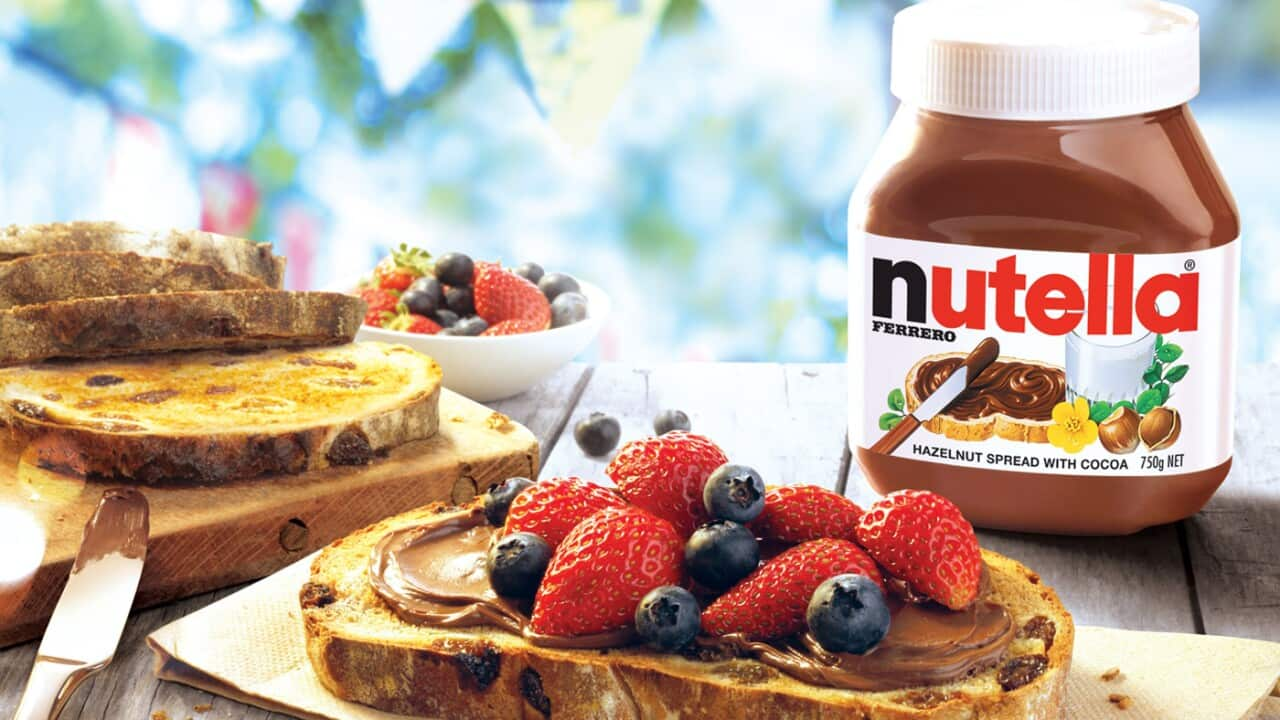Australia appears to be simultaneously embracing very contradictory food trends. We lick our fingers after an all-American feast of gourmet burgers, freakshakes, doughnuts and ribs, but repent for our sins with a kale smoothie and a cauliflower-base pizza.
Early in 2016, In-N-Out’s Sydney popup store prompted six-hour lines and . A month later, another burger chain from the United States, Carl’s Jr, . Gourmet doughnut chain Doughnut Time opened to long lines in Brisbane’s Fortitude Valley last year and has since opened more stores in Queensland, as well as in New South Wales and Victoria. And Canberra café Pâtissez is largely credited with the in Australia.
Meanwhile outlets that focus on organics, raw and health food are becoming more popular. In my hometown Brisbane, places like and are popular in the inner-city and fringe areas, but the reach of these foods extends to the outer suburbs and beyond.
Every major city and town in Australia – and a growing number of regional centres – can boast its own health-conscious, superfood-serving eateries. So how then do we reconcile the fact that there are currently two very different versions of what is “good” and “popular” fare? I argue that our fondness of both indulgent and healthy fare is based upon the same values: we’re cultural omnivores.
Although worlds apart, it appears that both of these trends are borne out of the same disdain for fast and processed foods that has become more pervasive in recent years.
The failure of fast food
McDonald’s in the United States had seen a downturn in profits as the fast-casual dining trend becomes ascendant. , too is also ditching Western fast food outlets for healthier options.
dining refers to a style of eatery that is positioned between fast food and casual dining where customers receive a better product than a fast food offering, but with fast food’s pared-back service style and lower price point.
In the United States, restaurants in this category include Chipotle and Shake Shack. Australian equivalents include burger chain and taquería outlets.
In Australia, the Golden Arches appears to have better responded to the increased desire for gourmet offerings with its M Selections menu, and more recently its custom burgers.
It was in Brisbane last year that a growing penchant for “trendy, mid-range venues” and a “glut” of these in the city was contributing to the closure of fine-dining restaurants.
The attributes that omnivorous foodies look for in lowbrow cuisine are “quality, rarity, locality, organic, hand-made, creativity, and simplicity”.
Cultural omnivores
While in the most literal terms, to be an omnivore means to consume both plants animal products, cultural omnivorousness means that a person of a higher socio-economic status or class appreciates highbrow (elite) culture, as well as trends, genres and artefacts that are considered lowbrow (exotic or otherwise marginal), or middlebrow (mainstream).
Academics Richard Peterson and Roger Kern reported on this phenomenon in relation to , while Bryan Turner and June Edmunds published evidence of omnivorousness among Australia’s post-war elite across .
More recently, Josée Johnston and Shyon Baumann have explored the emergence of omnivorousness values among foodies in the United States. In the culinary world, foodies are considered (sometimes with disdain) as a culturally elite group.
In their book (2009), Johnston and Baumann explain and analyse how and why foodies are increasingly drawn to what could be considered lowbrow food culture, like hole-in-the-wall ethnic eateries and farmers' markets.
The attributes that omnivorous foodies look for in lowbrow cuisine are “quality, rarity, locality, organic, hand-made, creativity, and simplicity”.
Therefore, a freakshake and a green smoothie can both be valued in the eyes of foodies as they are hand-made, creative (in the case of the freakshake), and simple (the green smoothie). Why not try this mint and cacao smoothie, recipe right .
Why not try this mint and cacao smoothie, recipe right .

Here's a mint choc-chip green smoothie, using cacao nibs. Source: Steve Brown
Why omnivorousness tastes have become pervasive is in part a matter of food and class politics. The culinary elite are keen to shrug-off the “food snob” tag, showing that they appreciate inexpensive foods that are in some cases ethnic, but authentically so.
This can be seen in the case of , dubbed the “world’s cheapest Michelin-starred restaurant.” It is also embodied in sites like Brisbane’s .
Locating and dining in local, ethnic eateries becomes a source of distinction for foodies, as these can be difficult to seek out. This fulfils the rarity and locality sought by culinary omnivores.
In terms of dude food, items like milkshakes, burgers, hotdogs and pizzas have been appropriated by foodies showing an appreciation of mainstream fare, albeit with a gourmet twist.
Some food-lovers, however, still look poorly upon middlebrow food culture such as supermarkets and traditional McDonald’s-style fast food. This omnivorousness exposes inequalities in the food landscape – and it goes some way in explaining how dude food and superfoods can both enjoy immense popularity at the same time. , PhD Candidate,
, PhD Candidate,






